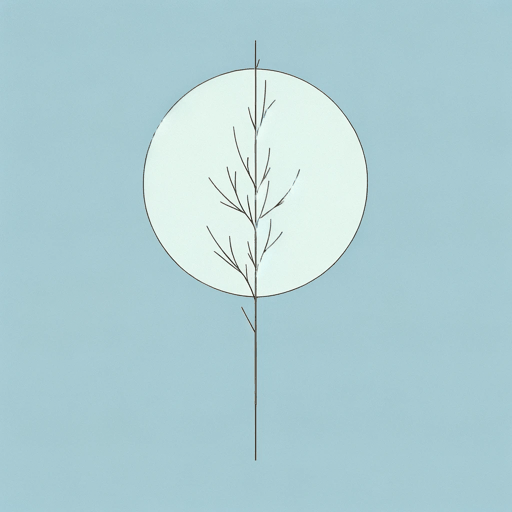20 pages • 40 minutes read
William Carlos WilliamsSpring and All
Fiction | Poem | Adult | Published in 1923A modern alternative to SparkNotes and CliffsNotes, SuperSummary offers high-quality Study Guides with detailed chapter summaries and analysis of major themes, characters, and more.
Background
Historic Context: World War I
The world will not accept the logic of its own ending. That is the lesson of nature when it transitions into spring, and Williams taps that energy. In his more than 15 years exploring the unsuspected power of everyday things igniting epiphanies, the images Williams retrieved from the world to shape the substance of his verse—wheelbarrows, fire engines, plums, wildflowers, mailboxes, old shoes—never require context. The argument of Williams’s poetry is always that the random collision of shapes, colors, textures, light, and shadow is its own context, sufficient unto itself.
That said, the image here of a late winter wasteland world edging at last into the promise of spring has resonance with the wasteland left behind by the catastrophe of World War I. As with most of the intelligentsia of his generation, Williams spent time Europe in the first years after the war with other expatriates and saw firsthand the impact of the brutalities of the war, a five-year conflict that killed more than 20 million Europeans and left much of central Europe in rubble, a geopolitical war that had in the end changed little of Europe’s geopolitical boundaries.
Related Titles
By William Carlos Williams
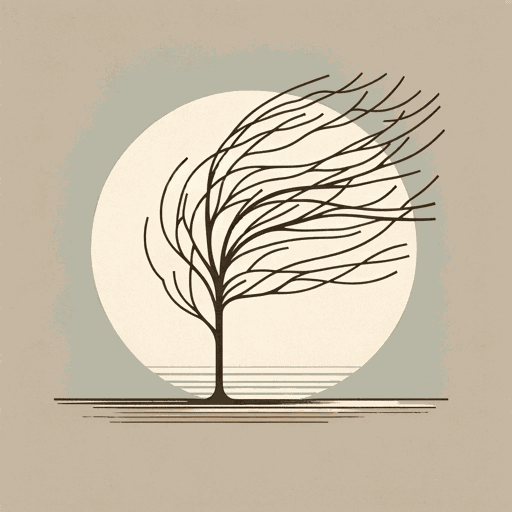
Approach of Winter
William Carlos Williams

Between Walls
William Carlos Williams

In the American Grain
William Carlos Williams
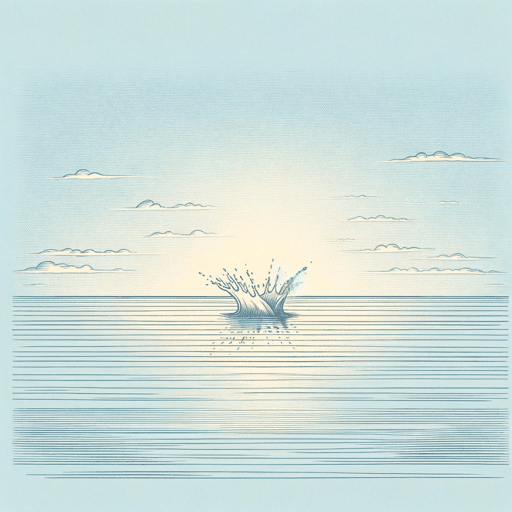
Landscape with the Fall of Icarus
William Carlos Williams
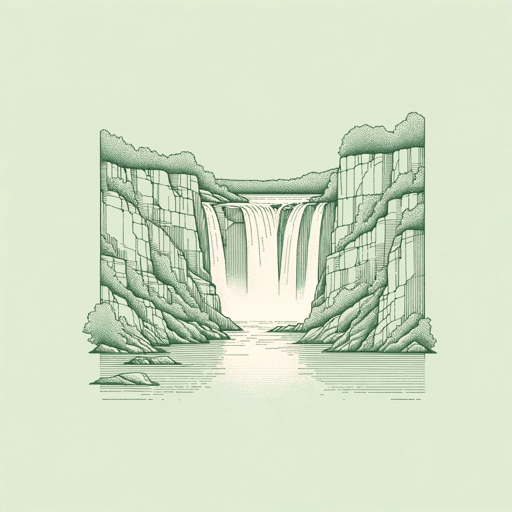
Paterson
William Carlos Williams
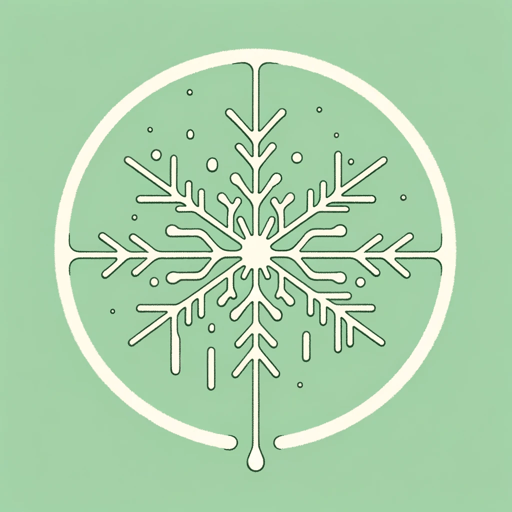
Spring Storm
William Carlos Williams
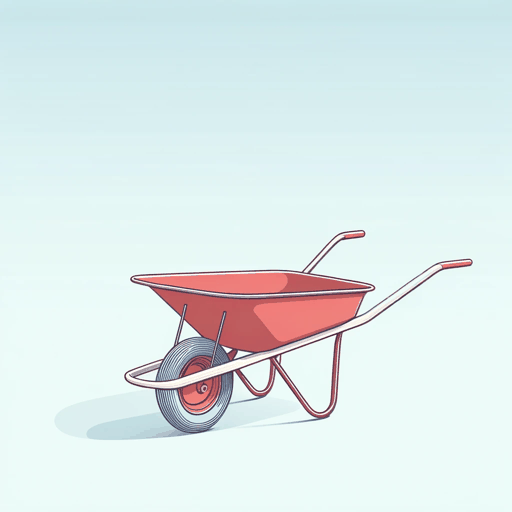
The Red Wheelbarrow
William Carlos Williams
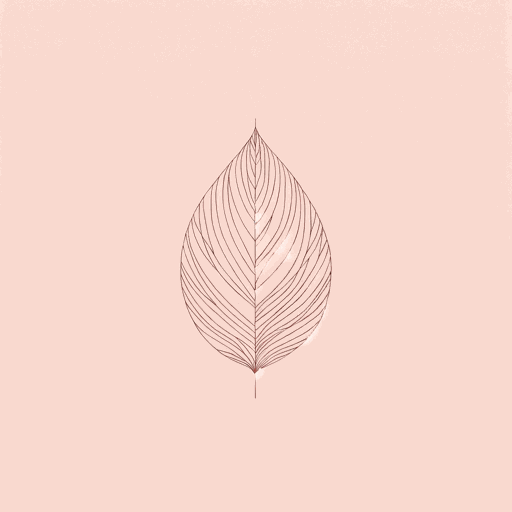
The Young Housewife
William Carlos Williams
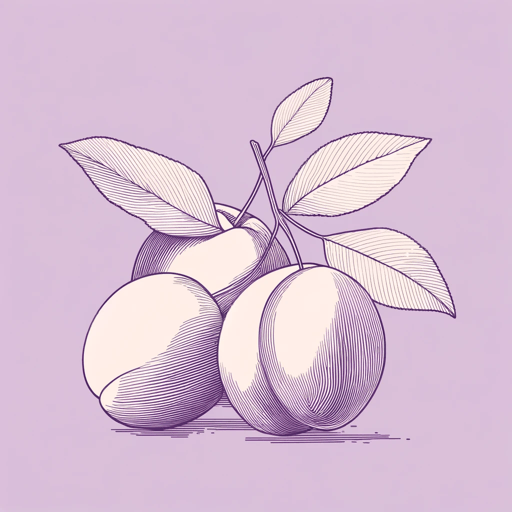
This Is Just to Say
William Carlos Williams
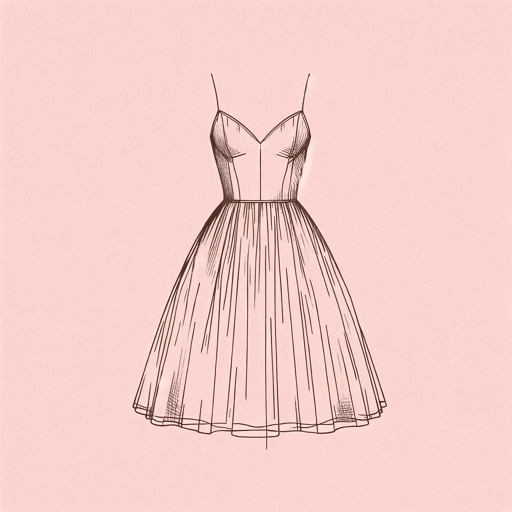
To Elsie
William Carlos Williams
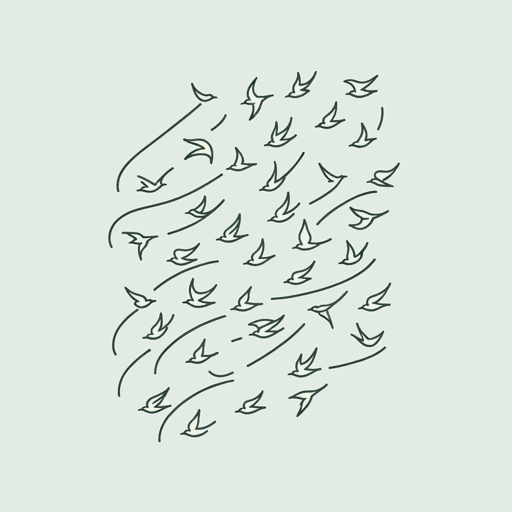
To Waken An Old Lady
William Carlos Williams
